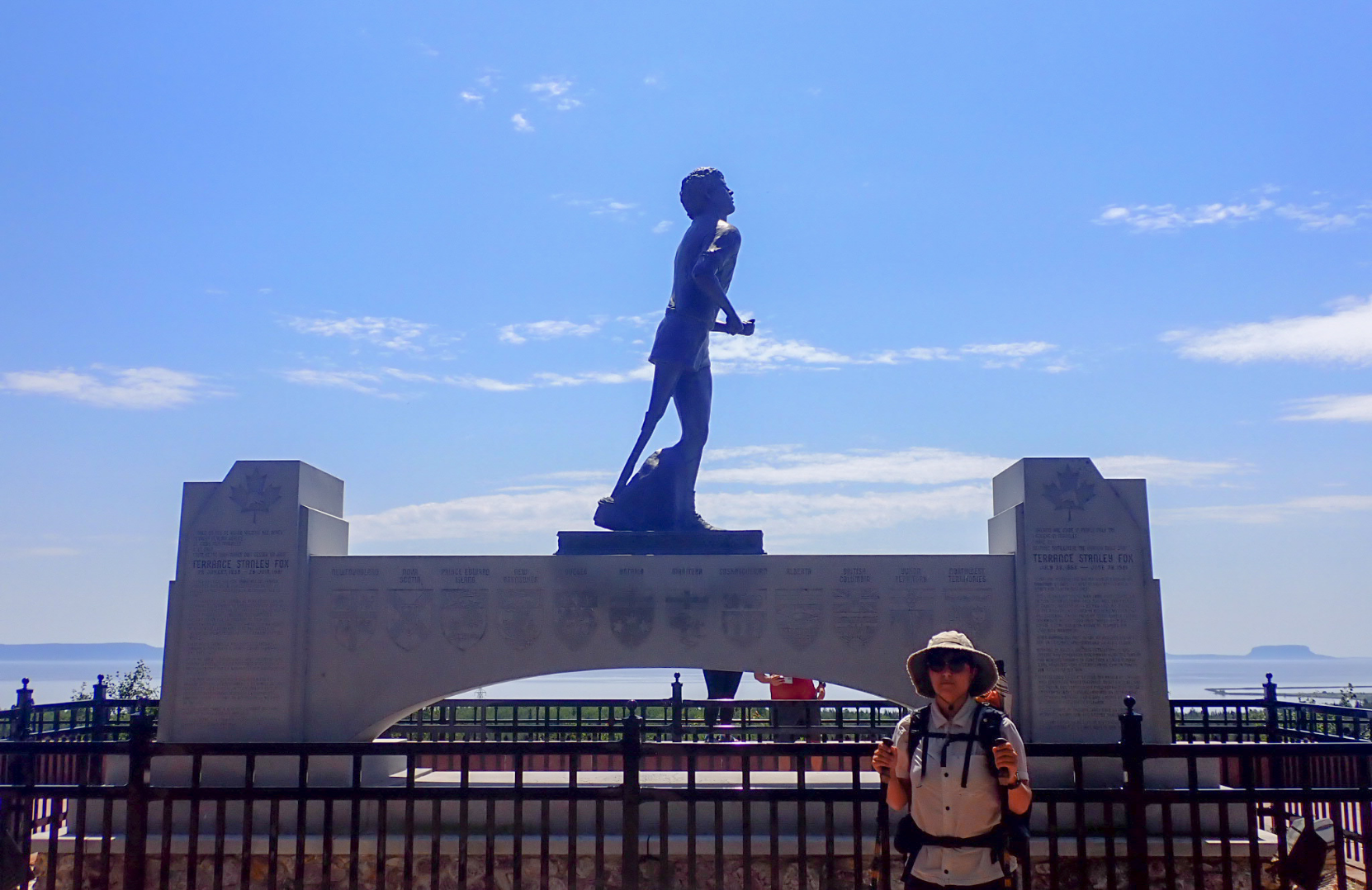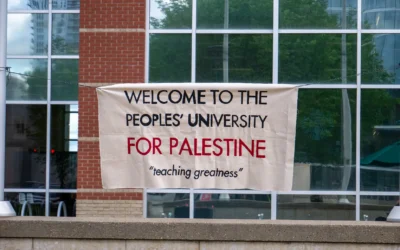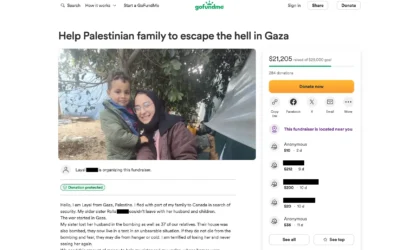Travelling across Canada on land is a daunting task. Xena Szkotak knows this better than anybody. She has been walking along the TransCanada Highway since Feb. 24, going from Victoria, B.C. and making her way to St. John’s, N.L.
The TransCanada highway stretches across Canada, winding its way through all 10 provinces and stretching from ocean to ocean. The scenes along the highway are 3 per cent urban and 97 per cent natural, making for beautiful views if you were to make the cross-country trip. At 7,476 kilometres, the TransCanada highway is one of the longest single stretch roads in the world, and it is vital for shipping and transportation purposes that keep the Canadian economy in motion.
It also has an extremely dark history.
The TransCanada highway has the nickname “Highway of Tears,” and for good reason. There are several locations along the highway where Indigenous women and young girls have gone missing or been found murdered. The RCMP first began investigating this disturbance 16 years ago, and since then, the numbers of missing and murdered Indigenous women and girls and two-spirit people (MMIWG2S, with the definition now expanding), have been steadily climbing.
This issue, although heavily investigated, has not been reported on broadly or consistently. Many people are aware of the issue, and know not to hitchhike in remote areas, but it’s an unavoidable reality for many Indigenous people to get from place to place. There aren’t resources in place to help alleviate the danger that hitchhiking or walking along the highway poses.
That’s where Xena Szkotak wants to make a change. To spread awareness about MMIWG2S, and to raise funds for initiatives that can make Indigenous peoples’ lives better, Szkotak is currently walking across Canada along the TransCanada highway. On the last leg of her journey, I chatted with Szkotak while battling spotty cell reception as she stood in the middle of nowhere on the side of the highway, 530 kilometres outside of St, John’s, N.L.
Firstly, it’s impossible to relay Szkotak’s story without confronting the obvious: she is an Indigenous woman walking along the very route where hundreds of people just like her have met a tragic end. The Native Women’s Association of Canada (NWAC) recognizes at least 582 cases of missing and murdered women and girls, and it is unlikely that the story ends there. There is a very real danger associated with her brave mission.
“When I started the walk, I was doing it out of my backpack and sleeping in a tent on the side of the highway, and I had intended to do that the whole way,” Szkotak says. “My biggest reservation was being an Indigenous woman on the highway — it’s terrifying.”
Szkotak made it through B.C. and into Alberta before encountering some “scary, ill-intentioned” people which made her rethink her plans. As well, she received countless fearful messages from Indigenous women urging her not to walk alone through the prairies and to take more precautions. But she knew she had to continue the important journey she was on.
“I ended up going home, buying a van, converting it, and finding a support driver to finish the rest of the walk with me from Medicine Hat onward,” Szkotak says. This means that Szkotak has been continuing the symbolic effort of walking every kilometre she has covered so far, but that she has somewhere safe and locked where she can sleep for the night and take cover in dangerous weather, as well as a watchful eye keeping pace with her who is able to help out in the case of an emergency.
So, how did this journey come to be? Szkotak’s walk is working towards donations to her GoFundMe, with half the funds raised going to the Native Women’s Association of Canada and the other half buying necessary supplies like new shoes, food, and water. The cause has been important to Szkotak for years, and when she found a way to blend her passion for thru-hiking with raising awareness and funds for NWAC, she jumped on it.
“I was going to, before COVID, (hike) the Pacific Crest Trail, but then because of COVID I didn’t feel safe going to the States, so I figured I would walk across Canada instead,” Szkotak says.
“I think (MMIWG2S is) a cause that does not get enough attention, and I think my pursuits in life… with doing stuff like this, is always freedom. And freedom is just so important to me, and I think that’s something that Indigenous women, girls and two-spirit people don’t have, and that’s kind of why I chose the cause that I did.”
The most memorable moment so far on her journey?
“I was, in northern Ontario, attacked by a pack of 10 wolves. I unfortunately had to pull out my bear spray and spray them to defend myself.”
Overall, the trip so far has been physically and mentally exhausting for Szkotak, but she finds a sense of self-determination in being able to accomplish the journey.
“I think the challenge is getting up every single day and your body’s just in so much pain, I’m aching every single day. And mentally, I think this is the most free thing to do is to be somewhere new every day and walking and I think mentally, that’s been a beautiful journey for me. And I think there’s nothing really bad about it mentally, it’s just been so good to have that time to think and process my life and all of those things,” Szkotak says.
Szkotak averages 35 kilometres a day, with her longest trek taking her 45 kilometres in a single day.
“This journey was meant to be a pursuit of independence. Within that I learned that it takes a village, that support and energy is required by others to accomplish any great feat. I have learned that humans are capable of pushing themselves much farther than they think, as I find myself feeling like I can’t walk on often, but here I am. And I am so proud of that!”
Overall, looking at her accomplishments, Szkotak simply wants more people to be aware of missing and murdered Indigenous women, girls, and two-spirit people.
Symbolically, her journey represents that wish: a single person doing something great to bring people together for a bigger cause and to create a community that is aware and respectful of each other.
“Simply knowing might keep our sisters safe,” she says.





0 Comments